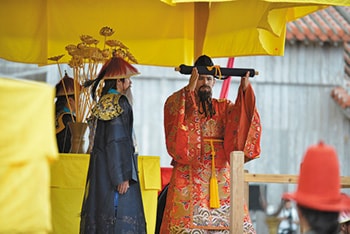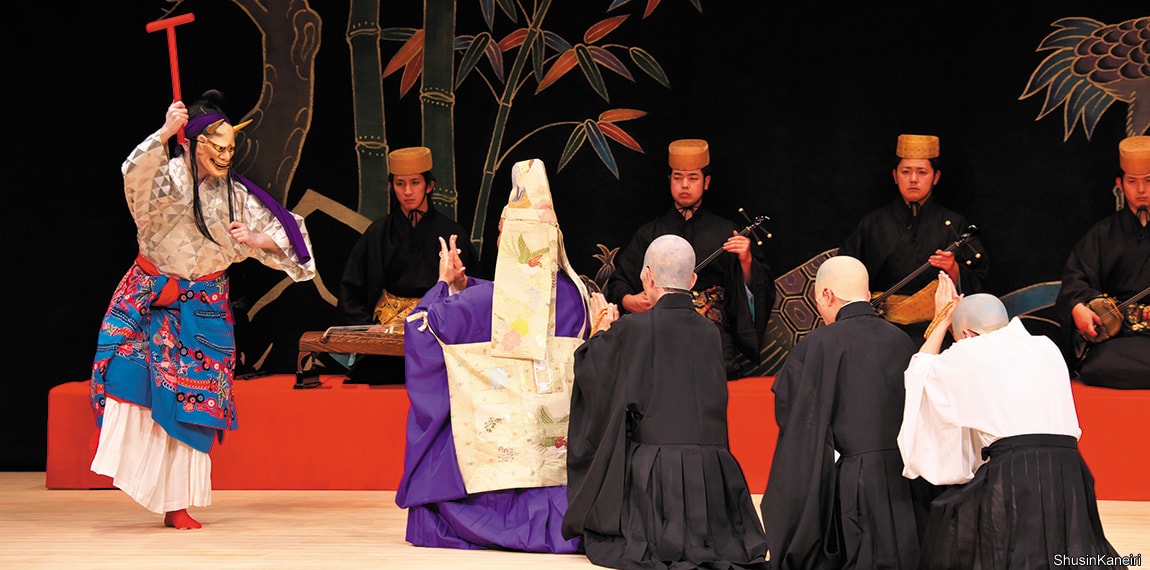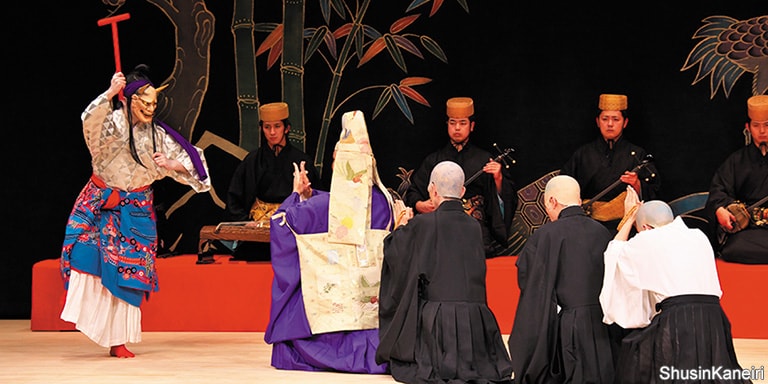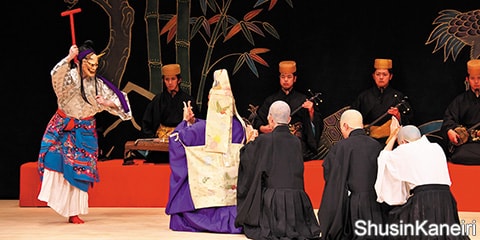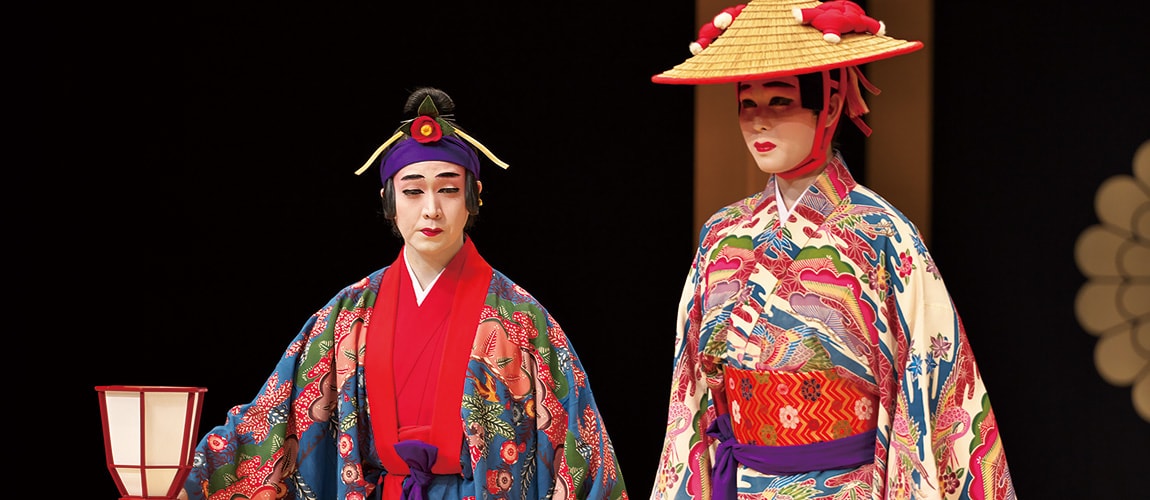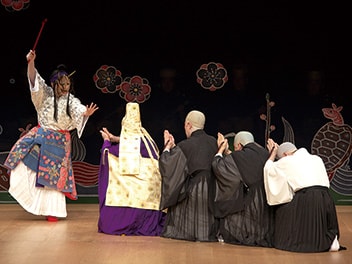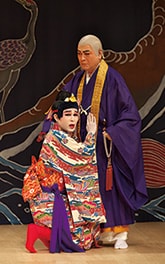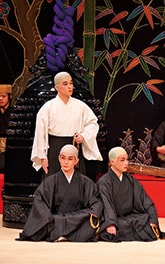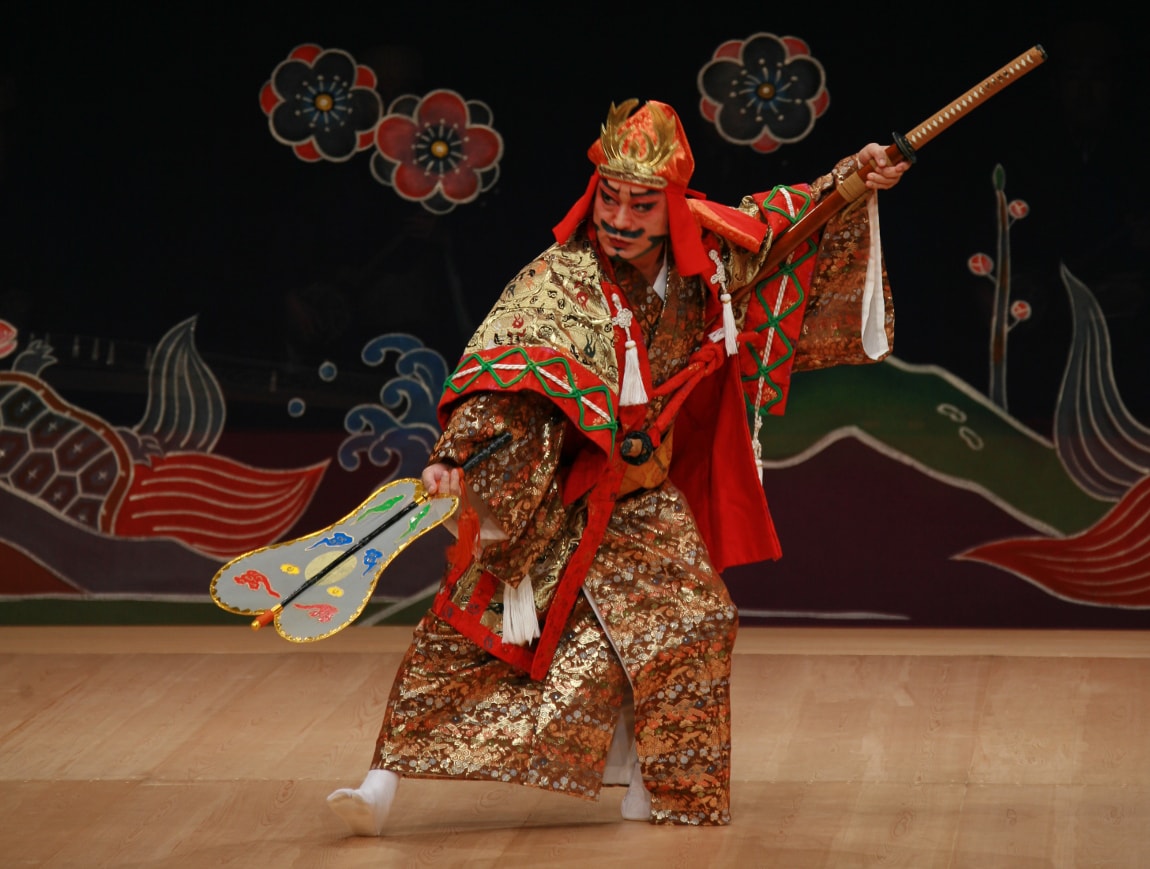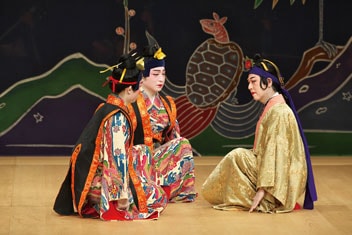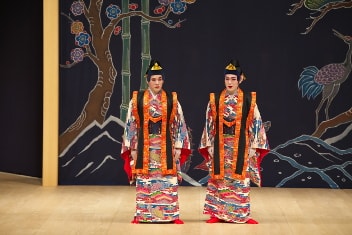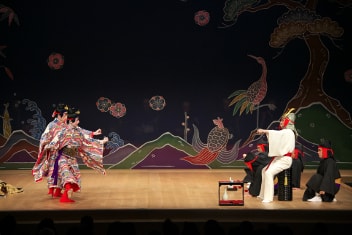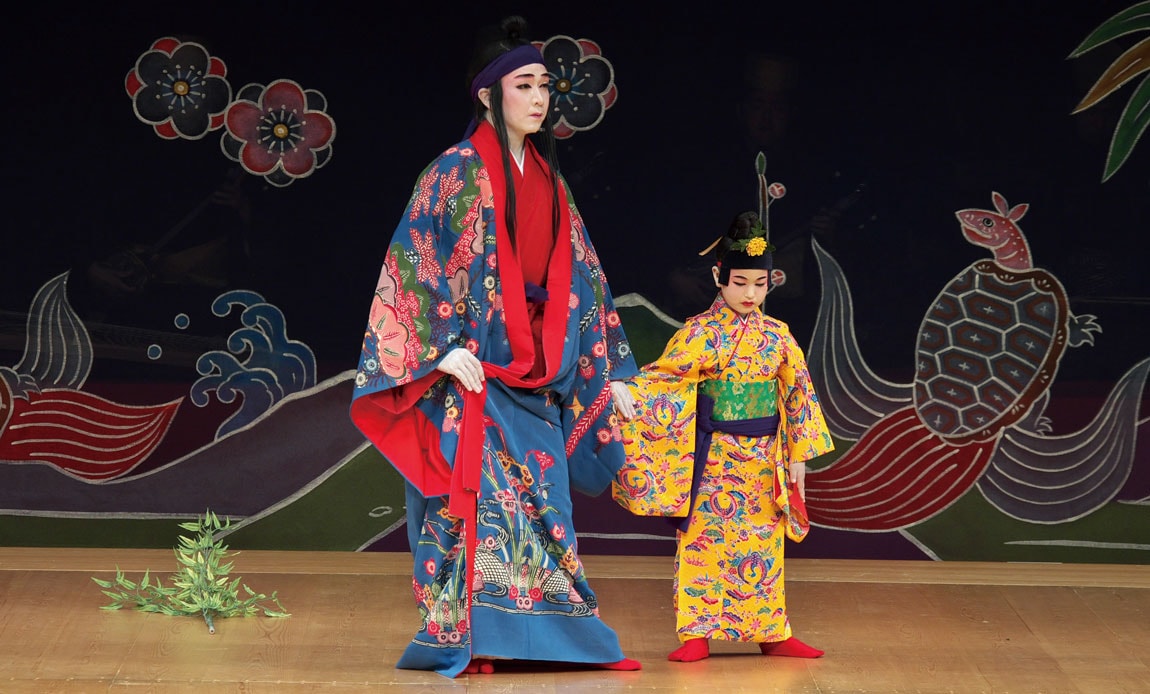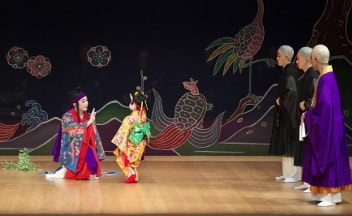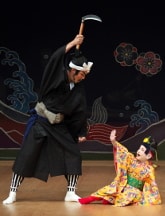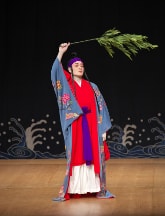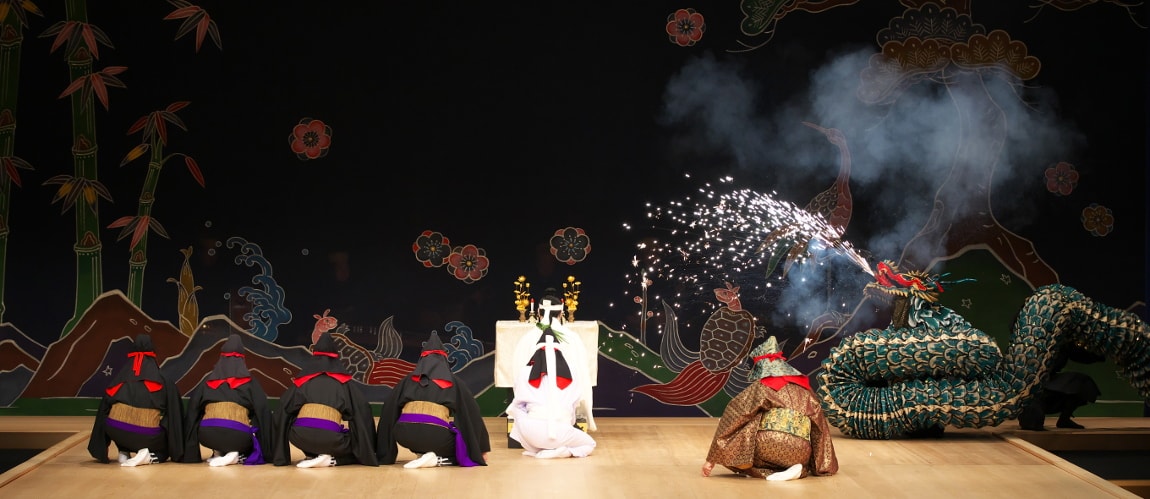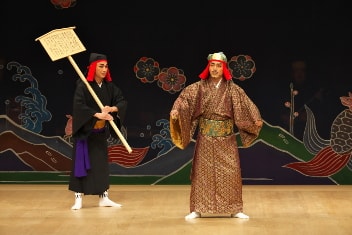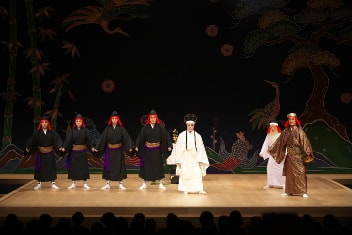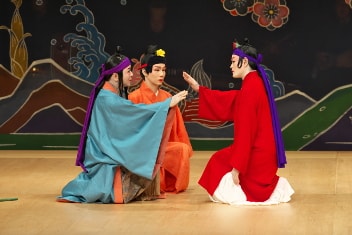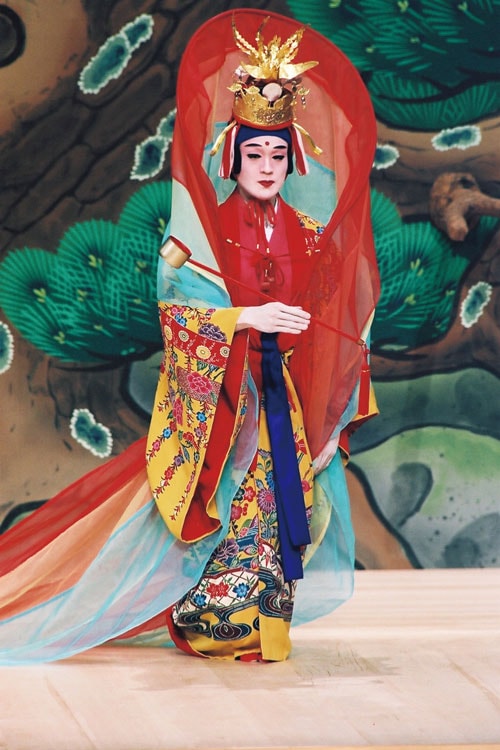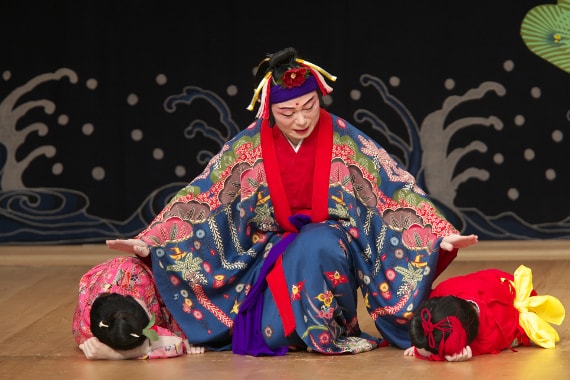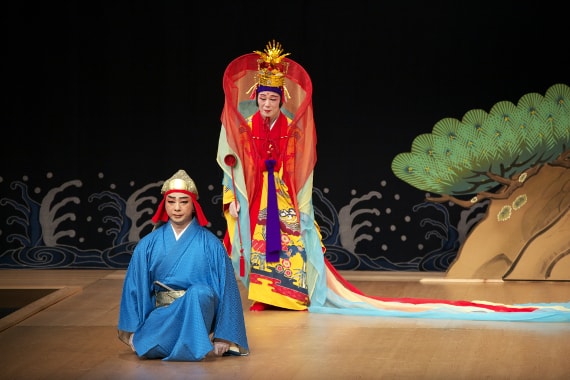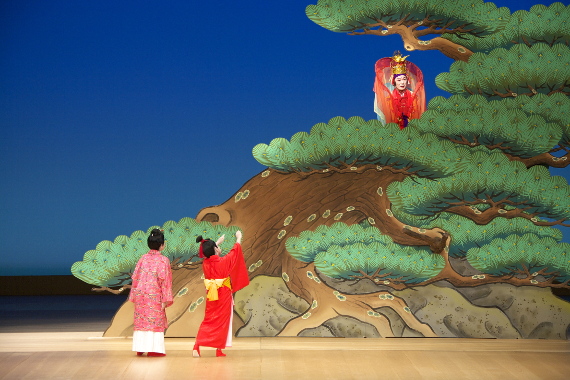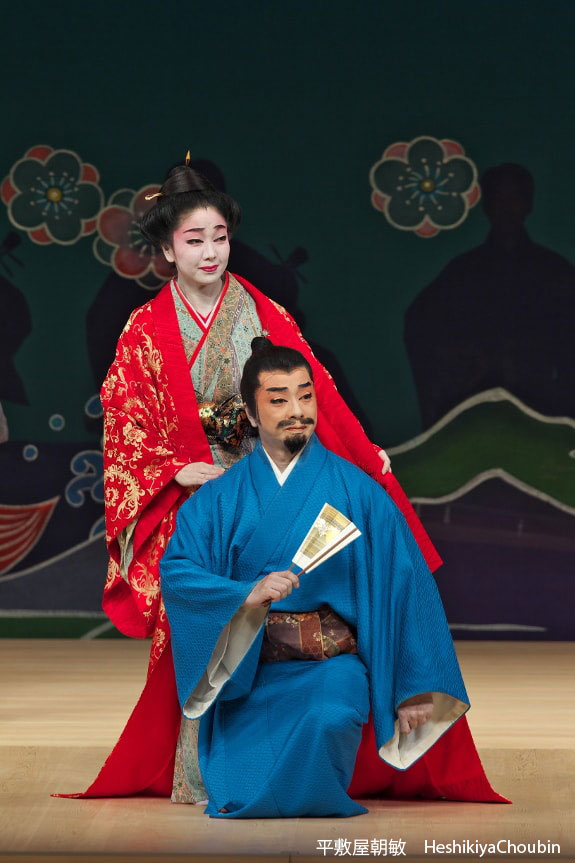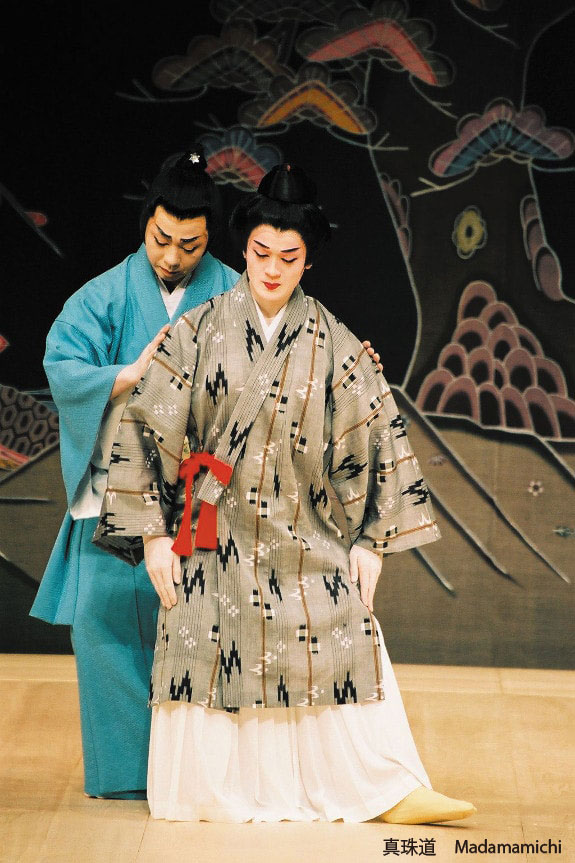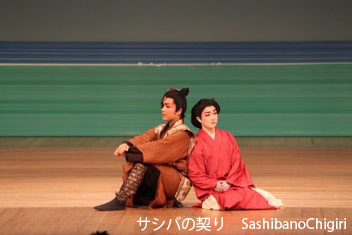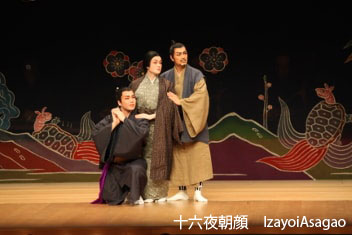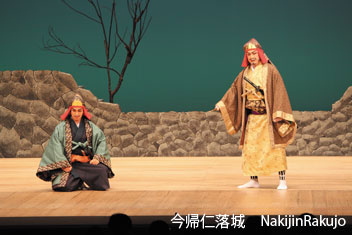Kumiodori
The Kumiodori is a musical theater composed of words, music and dance. The Kumiodori was created by Tamagusuku Chokun who was appointed Odoribugyo, a dance magistrate, in the early 18th century in order to entertain Chinese envoys called Sapposhi sent by the Chinese Emperor to crown the new king of the Ryukyu Kingdom. NidoTekiuchi and ShushinKaneiri were first played at the King Sho Kei’s enthronement ceremony in 1719.
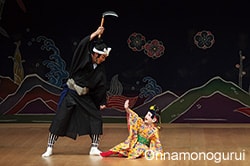
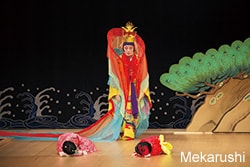
Chokun created the Kumiodori based on Okinawa’s indigenous performing arts and fables with inspiration from performing arts in mainland Japan (Noh and Kabuki) and Chinese theater. Mekarushi, Onnamonogurui and Kokonomaki together with the above mentioned two works are called “Chokun’s five masterpieces” and they are works with a high degree of perfection still popular to this day.
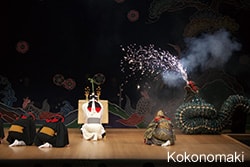
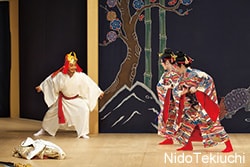
In 1972, the Kumiodori was designated a National Important Intangible Cultural Property as one of Japan’s superior performing arts. And in 2010 it was inscribed on the UNESCO Representative List of the Intangible Cultural Heritage of Humanity, and valued highly worldwide.
What is Sappo
Sappo was the Chinese Emperor to appoint a king of the country of the subject.
Sapposhi, or the Chinese envoys, visited with articles such as a crown other than the Imperial edict and stayed for more than half a year. During the period, the whole Ryukyu Kingdom gave them cordial reception.
